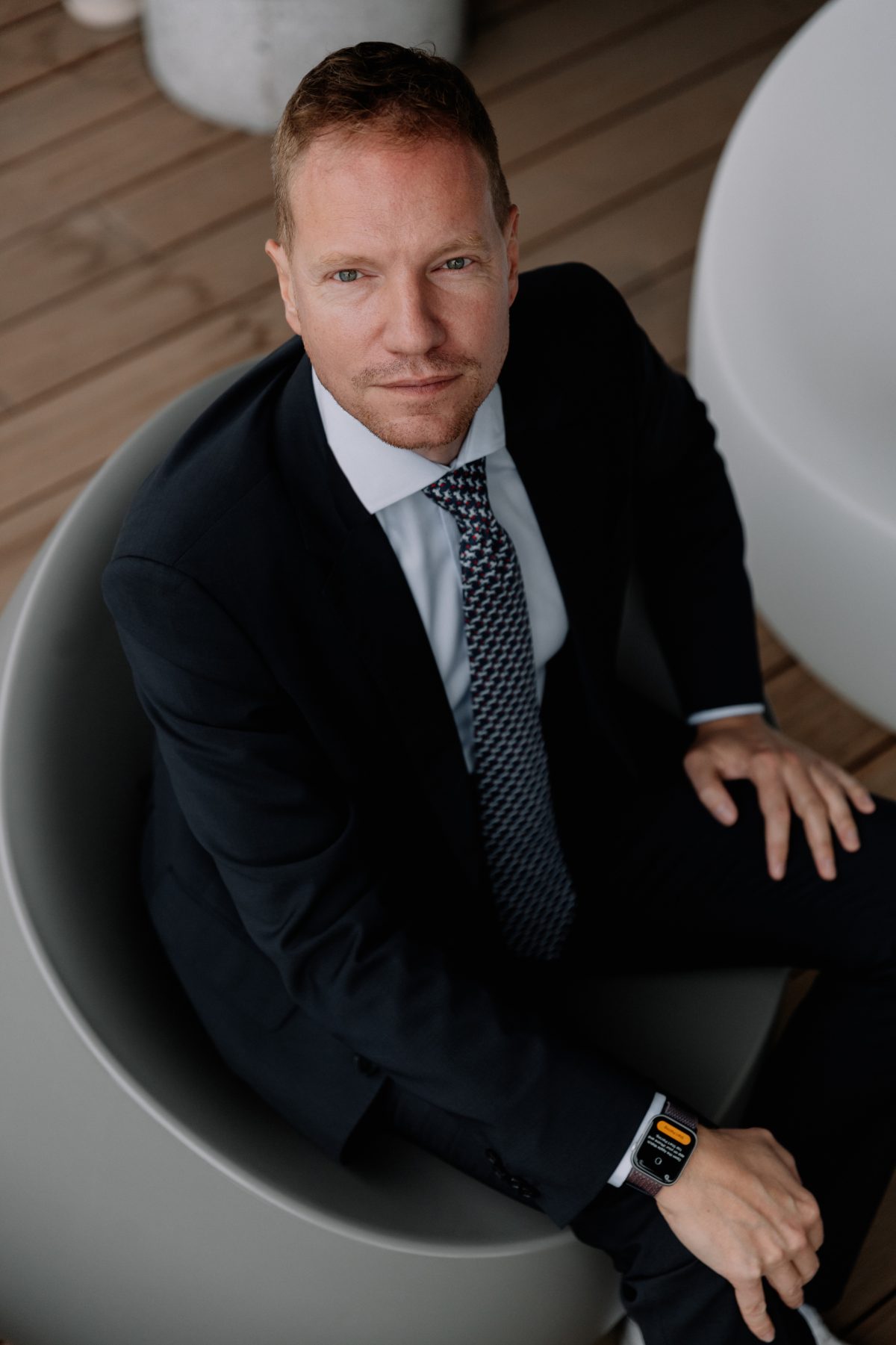I will paint three pictures for you, far removed from the Christmas spirit that we should already be feeling providing that the state has already done several things on time.

In short, we would have more of that spirit and hope today, despite COVID, if there had been no systematic obstruction of the EU integration process in Serbia for years and if Serbia had tried to enter through the EU door while it was wide open, which was shown in the recently screened film about 20 years of the EU integration of Serbia, made by EWB.
Picture one
‘Mural and Morality’ was the name of one of the episodes of the popular TV show OKO. In the episode, we talked about the historical context, the verdict against Ratko Mladić, The Hague Tribunal, the genocide in Srebrenica, but also about two opposing actions – actions to protect graffiti and attempts to remove graffiti. The graffiti that everyone calls a mural today is dedicated to Ratko Mladić and it is located in the famous Njegoševa Street, which many diplomats and foreigners use to go to Kalenić’s market on weekends. However, this graffiti of Mladić, painted on the background featuring FC Partizan’s coat of arms, does not bother guests in our country, but also the victims, first of all, the families who have lost their members in Srebrenica, and then all the families of the victims on either side of the national fences during the 1990s and today. If Serbia does not take the right stance on the victims of the Srebrenica genocide and if it officially continues to equalize brave civil society activists with those who are trying to present to us Ratko Mladić, who was convicted of genocide, as a hero, Serbia will never have the right to ask official Zagreb or Sarajevo to condemn war crimes. It is up to historians and researchers to prove whether this is part of a joint, large regional plan that today suits all governing structures in the former Yugoslavia so that no one is held accountable for the crimes. Graffiti glorifying war criminals in our neighbouring countries, but also in Novi Pazar, to quote Serbian officials, are used as an excuse for not doing anything in Serbia and thus the circle closes.
At the SBC studio, conspicuously, there was no one from the state authorities present. But things were different on Prva TV, a very popular station, where in addition to me, Interior Minister Aleksandar Vulin and Ratko Mladić’s lawyer were also guests on the Prva Tema show. For two straight hours, the two of them were deceiving viewers that Serbia did not adhere the verdict, while the Interior Minister also voiced his public support for Mladić.
‘Mural or Morality’ would be a more fitting name for the SBC show and for all shows that deal with Ratko Mladić, but I believe the media have fear that someone would be upset by such a title.
In 21st century Europe, rarely there has been an opportunity to save those who are in an almost slave-like position.
Picture two: Embezzlement in ministries
Surprisingly, there is no fear of punishment or fear of the law in many organizations that received state grants worth millions of dinars and which, as BIRN discovered, do not exist. Their headquarters are located in houses on the outskirts of Belgrade. I would like to publicly ask here if, in the background of these topics like murals and war crimes in Serbia, huge amounts of money are being drained from the state budget – from large-scale tenders launched by the state, which drew the attention of the State Audit Institution, to the aforementioned small BIRN’s vignette, which is a link between criminal charges filed against persons from the Ministry of Social Welfare, then helmed by Aleksandar Vulin? We filed a criminal complaint on the account of abuses in the competition and attempts to allocate almost one million euros to organizations that were founded only a month before the Ministry launched the competition. We should not forget that, at that time, the prosecution rejected these criminal charges, be it out of fear or benefit, I cannot say with certainty. It is interesting to note that the same NGOs participated in the recent competition launched by the Ministry of Family Care, with Minister Ratko Dmitrović at its helm. There are too many coincidences, even for our public.
Picture three: Protests
There are several reasons why a large number of citizens spontaneously took to the streets and these include the Law on Expropriation, Law on Referendum, pollution and of course, Rio Tinto. We should not forget the human rights activists who fearlessly rescued the Vietnamese workers in Zrenjanin which certainly deserves recognition.
All these protests, including the roadblocks, speak of a voice that does not have its articulation in the current political situation, where there are no opposition MPs in the Parliament or a real debate in the most popular media, which Twitter has famously labelled as “the media cooperating with the Serbian government”. It remains to be seen whether all that can change on April 3rd, when elections are due to take place at all levels, including the presidential one.
We still do not have a brave enough prosecutor’s office that would initiate criminal proceedings without fear, but I can write about it after the Constitution has been amended in the part that relates to the judiciary, when all that remains will be to enforce these amendments.
In the end, there is a common denominator between all these three pictures and that is fear. It is worth fighting against fear every day on the street, in all state bodies, in public companies, in daily activities, by filing criminal charges, but also by voting in elections set for 3rd April 2022.
For Serbia without fear!